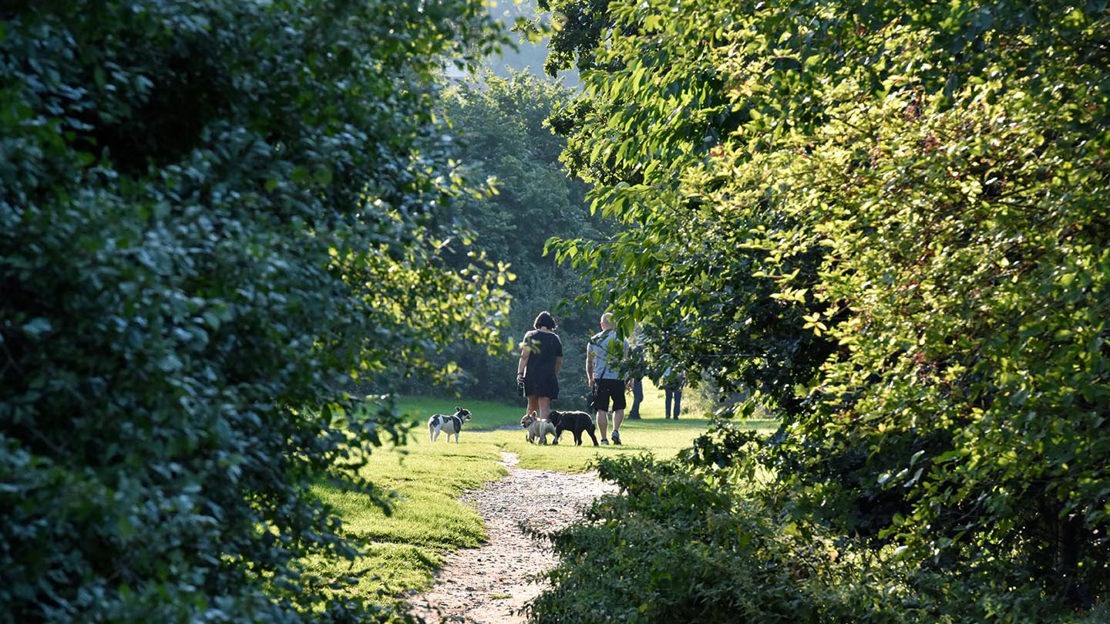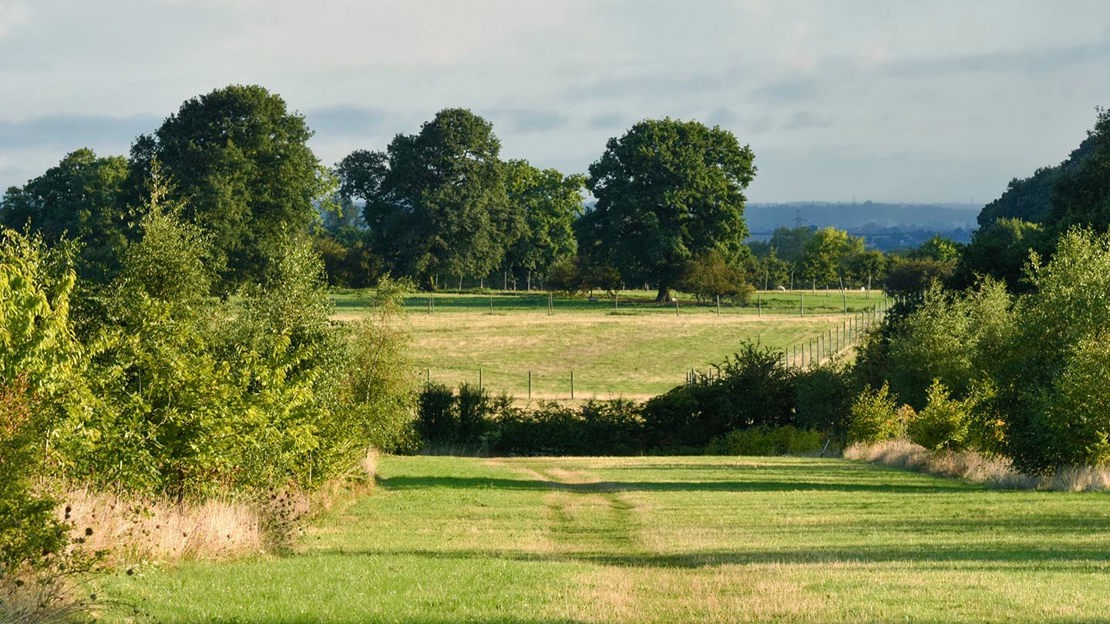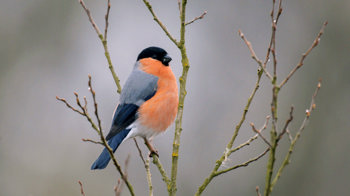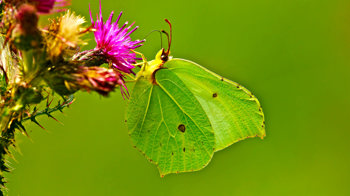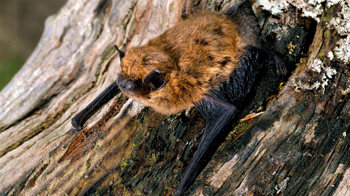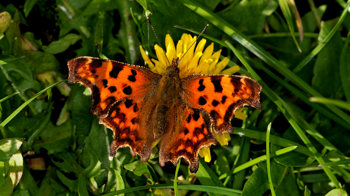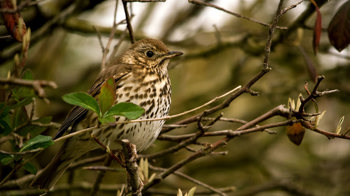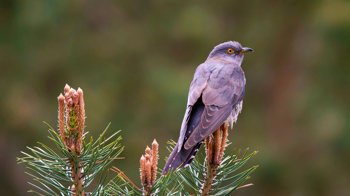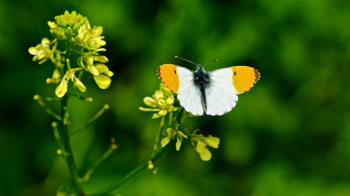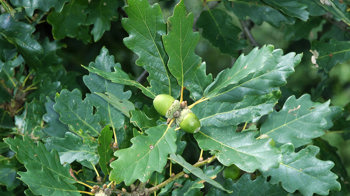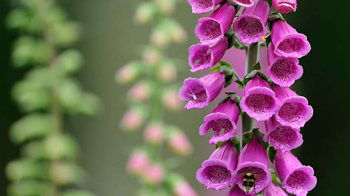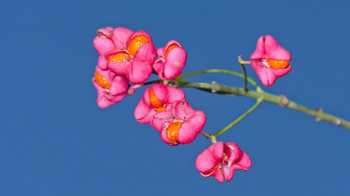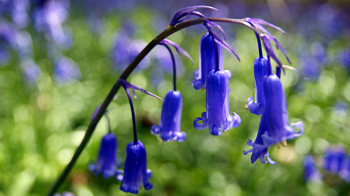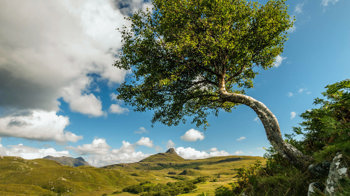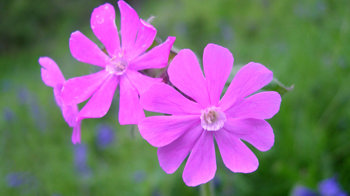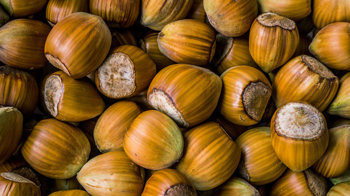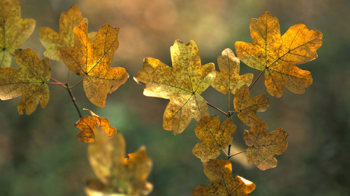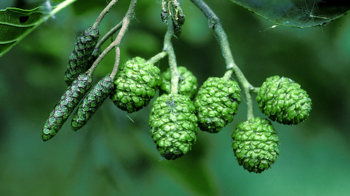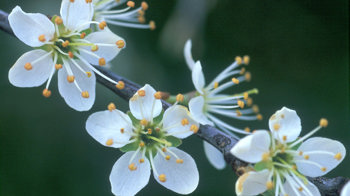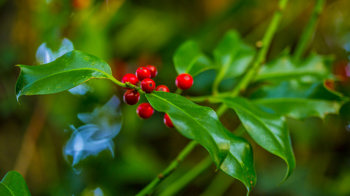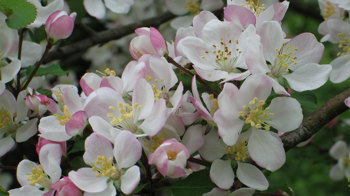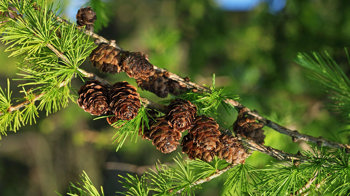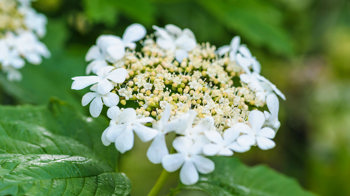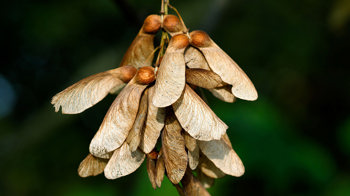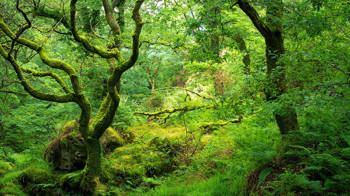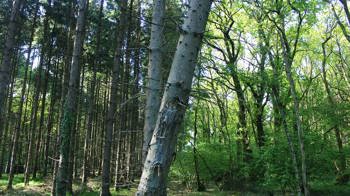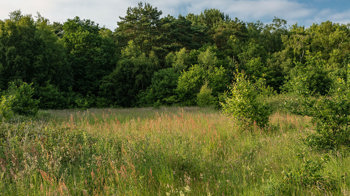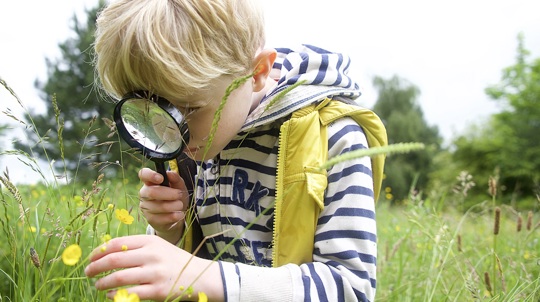Pipe Hall Farm
Lichfield

Woodland Trust wood
Enjoy a gentle stroll through ancient and young woodland and mature plantations along one of the extensive networks of paths. Take in the stunning views of Lichfield Cathedral and Maple Hays Hall, and learn more about the rich history of the wood.
Having once been part of the Maple Hays Estate, Pipe Hall Farm has been used by local people since the mid-12th century. In fact, the wood’s famous springs were vital in the history and development of nearby Lichfield – particularly its cathedral.
Features
- Parking at site
- Public access
- Autumn colour
- Spring flowers
- Grassland
- Broadleaved woodland
How to get to Pipe Hall Farm
Pipe Hall Farm is a 48.3-hectare (119.4-acre) site sandwiched halfway between Burntwood and Lichfield, in the south-east corner of Cannock Chase in the Forest of Mercia Community Forest (FOMCF).
From the A38, take the slip road onto the A5206 into Lichfield. Continue onto the A51 towards the town centre. Follow the A51 across two roundabouts and then turn left once you reach Abnalls Lane. After 1.6km (1 mile), bear left onto St Matthews Road.
The nearest train station is Lichfield City, which is 5.6km (3.5 miles) from the wood.
Visit National Rail for more information.
The nearest bus stop is at the end of Woodhouses Lane, off the A5190 between Lichfield and Burntwood.
You will need to walk about 1km (just over half a mile) along Woodhouses Road and St Matthews Road. There are also services from Lichfield bus station, opposite the train station.
Visit Traveline for more information.
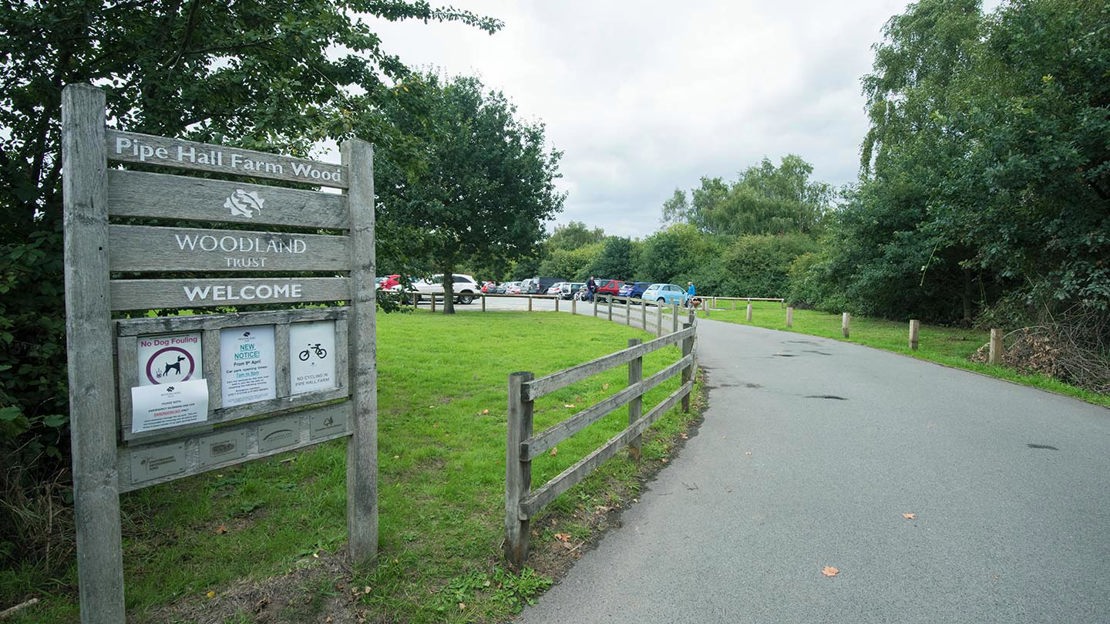
Facilities and access
Park up in the recently extended car park off St Matthews Road, where there are spaces for 24 cars and two disabled bays. From here, you can enter the wood through two kissing gates, both of which can be fully opened to allow the passage of large mobility vehicles using a RADAR key. They are linked by 700 metres of specially surfaced all-ability paths for easy access. Within the site are 8km (just under 5 miles) of managed permissive paths which connect the car park to almost every part of the site.
A public footpath runs alongside the north-east boundary, providing additional access to the site, but this requires a walk of approximately 2km (just over 1 mile) from the Lichfield-Burntwood Road.
The paths are generally flat and made up of mown grass, though as they are quite narrow in parts, they aren’t always suitable for pushchairs and wheelchairs.
There is a car park off St Matthews Road with disabled bays and spaces for 24 cars.
The nearest public toilets are in Burntwood (at Sankey’s Corner, Chase Terrace; High Street, Chasetown; Swan Island, Burntwood), as well as in Lichfield (Dam Street, Bird Street, The Friary and the bus station).
Wildlife and habitats
Animals
Whatever time of year it is, there’s a wealth of wildlife to look out for. During the winter and early spring, watch for bullfinch and chaffinch in the trees, their eye-catching plumage brightening up bare branches. On summer evenings, look for bats swooping and wheeling as they hunt for insects.
Look out for:
Trees, plants and fungi
From ancient and planted broadleaved and conifer woods to wide woodland paths and open grassland, pastures and meadows, there are a variety of trees and plants for you to discover.
Look out for:
Habitats
There is an abundance of environmental riches at Pipe Hall Farm, including ancient woodland and pockets of broadleaved woods. You’ll find a variety of wildlife habitats across the landscape.
Explore:
In 1949, the house and 23 acres were sold to Staffordshire County Council, and since 1981, the Maple Hays Dyslexia School has occupied the site. The rest of the estate and surrounding land was purchased by a trust and acquired by us in the early 1990s.
About Pipe Hall Farm
History
In 1135, a manor house – Manor of Pipe – stood on the site, and was occupied by Henry of Pipe who was given tenancy in exchange for pledged service to the Bishop of Coventry. During this time, it was also known as Great Pipe and was part of the Parish of St Pipe, Lichfield.
Over generations, the lands and hall passed between many tenants. A notable character was Dorothy Heaveningham who, according to local history, held strong Catholic views during Elizabeth I’s reign, and the manor was dubbed a ‘nest of papists’.
The area known as Jubilee Wood is home to two historically significant conduit heads, one of which dates from the medieval period, which are connected to the wood’s springs. The medieval conduit head is Grade II listed and was carefully restored by local stonemasons in 2010. It was tapped in the 12th century and supplied water to the cathedral.





